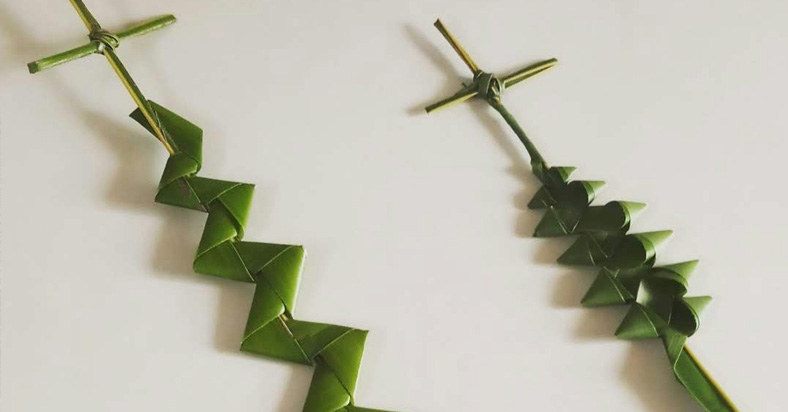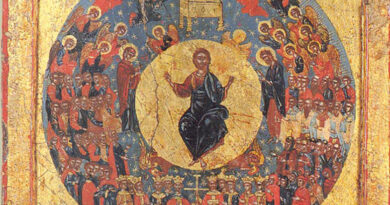As A Catholic, Is It A Must To Have Palms For ‘Palm Sunday’?
In the Catholic tradition, having palms for Palm Sunday is a significant and widely observed custom, but it is not an absolute requirement. Palm Sunday commemorates Jesus Christ’s triumphal entry into Jerusalem, where crowds greeted him by waving palm branches, as described in the Bible (Matthew 21:1-11, Mark 11:1-11, Luke 19:28-44, John 12:12-19).
Many Catholic churches distribute palms to parishioners during Palm Sunday Mass, and the congregation typically holds them while processing into the church. The palm branches are blessed as part of the liturgy. However, if you’re unable to obtain palm branches or if they’re not available in your area, it doesn’t diminish the significance of Palm Sunday observance.
Some Catholic communities may use alternative greenery or branches if palms are not available, or they may simply focus on the liturgical readings and prayers associated with the day. The key aspect is the commemoration of Jesus’ entry into Jerusalem and the beginning of Holy Week, rather than the specific use of palm branches.
While the use of palms on Palm Sunday is an important tradition in the Catholic Church, it’s important to note that palms themselves are not a sacrament. Instead, they are considered a sacramental—a sacred sign or symbol that helps Catholics deepen their devotion and participation in the liturgy.
Participating in the Palm Sunday liturgy with palms enhances the spiritual experience and helps Catholics connect more deeply with the events being commemorated. However, the absence of palms does not detract from the essence of the liturgy itself.
Ultimately, while it’s encouraged to have palms for Palm Sunday as part of the communal celebration and tradition, their absence does not invalidate or diminish the significance of the liturgical observance. The focus should remain on the spiritual significance of Jesus’ entry into Jerusalem and the beginning of Holy Week.




